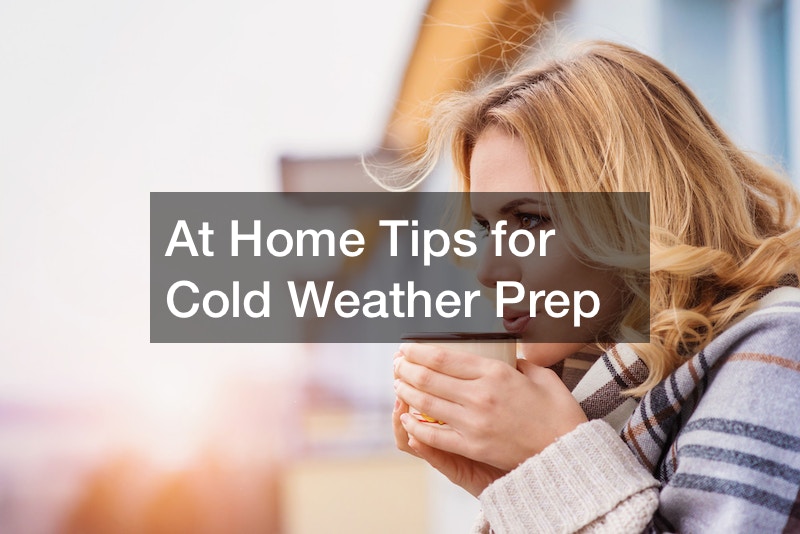They can’t be used during the winter months. They are protected during the winter season so that they’ll be available for use in the spring. While you are winterizing your exterior It is essential to be aware of those water reservoirs. The scientific term for water basins is where the hose connects to your exterior house.
If left unattended and not protected, they may become frozen and split in the winter. It’s not just issues at the place as well, but it may create flooding inside the home. The first step is to cut off the water supply into the faucet that is located from the outside of the house. Make sure to flush out any water that is left behind from the faucet, before turning off the water source. If you find a spring, you can turn the water off.
Common risk
An item that you may not expect to see around your home could be mould. This is one of the things that you might not expect to find in your home. The best methods to keep your home warm is to check for the presence of mold both inside and outside the home. The growth of mold is a common occurrence in warm and moist environments. Winter is a time of rain, snow and snow. It also adds moisture. Mold can thrive in humid, warm places due to higher temperatures at the home. If you think you’ve got growth of mold inside your home, you should contact mold remediation specialists right away. There are steps you can take to minimize the danger of having mold grow in your house.
To stop mold growth, you should adjust the humidity in your house. It is much more likely for mold to grow to occur when the air is dry. Some other ways to reduce the humidity within your home include having cool showers. avoid leaving wet towels and clothing around your home. To reduce mold growth it is possible to add an air humidifier in your house. Mold builds up in specific locations, and can be beneficial if you pay attention to the areas. It is a problem in showers, bathrooms, windows and kitchens. These areas should be kept free of dirt and dry.
p55ppx2wiy.

